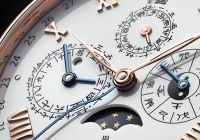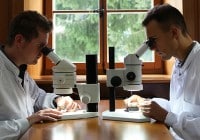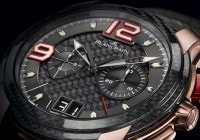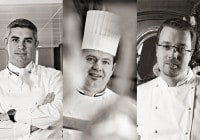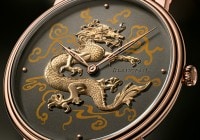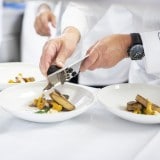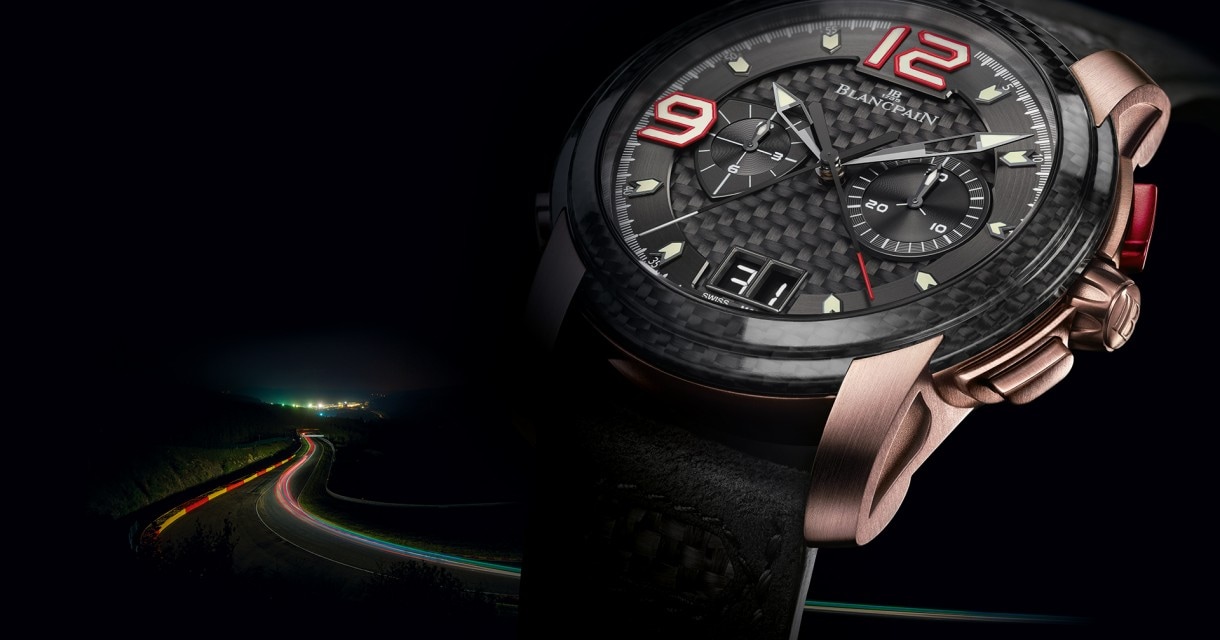
Search in Issues
Chapters
List of parts
Chapter 3
DOMAINE JOSMEYER
Bringing bio-dynamics to Alsace
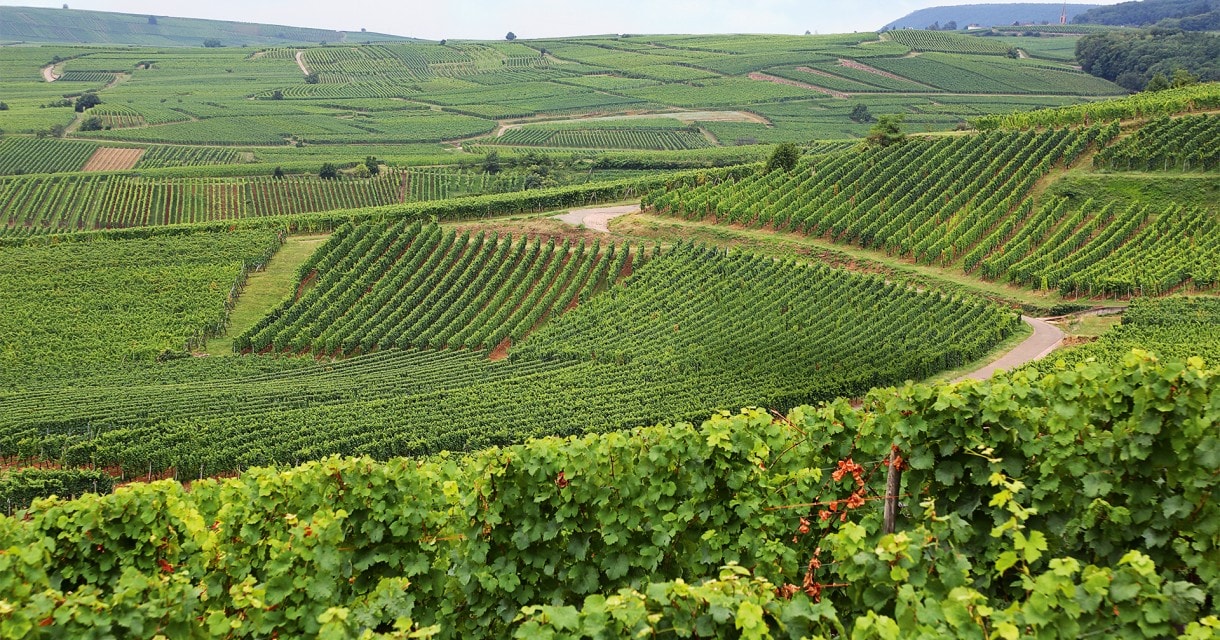
Striding through his vineyard on the privileged and coveted upper slopes of the Grand Cru Hengst vineyard, which rises up between the Alsatian villages of Wettolsheim and Wintzenheim, Josmeyer wine grower and Managing Director Christophe Ehrhart is multitasking. With only three weeks remaining before the planned commencement of the harvest, he is alternately grabbing fistfuls of the burnt orange colored limestone rich soil to gage its water content after recent rain, assessing the health of now plump Riesling clusters and the leaves shielding them from a few moments of sun before threatened new rain arrives, and rapidly diagnosing the trauma which has befallen one vine. There is nothing escaping his practiced eye.
All the while he is fielding questions peppered upon him about the new, in the time scales of French winemaking, Grand Cru system which has been established in Alsace. There is no shortage of irony sewn into the discussion. Several hundred yards downslope, adjacent to another of Domaine Josmeyer’s parcels, this one planted in Auxerrois and featured in a bottling demoninated “H”, Ehrhart points out a marker left from the era of Roman winemaking on this hill. The irony is not that Romans made wine here in the fourth century and that the French only got around to classifying this and fifty other Alsatian vineyards as Grand Cru less than 30 years ago.
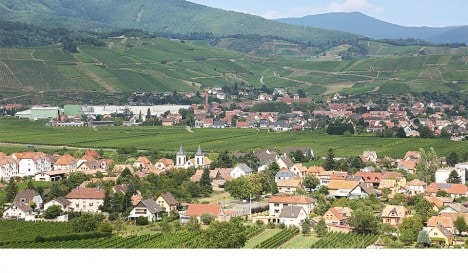

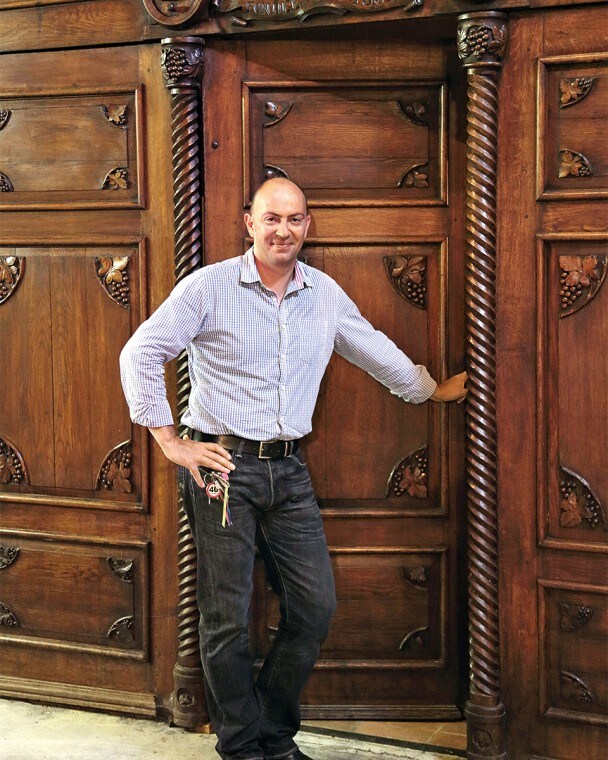
DOMAINE JOSMEYER STARS COME FROM THE PRESTIGIOUS GRAND CRU BRAND AND HENGST VINEYARDS.
It seems that the new Grand Cru designations were delayed as a result of an overabundance of democracy. Indeed, the fi rst Grand Cru Commission was established in the region in 1973. Its efforts were for naught as there was no agreement which could be reached on which parcels would be anointed with the prized designation signifying them as better than all the rest. More success came two years later in 1975, but those classifi cations and the accompanying rules did not come into force until 1983. Plenty of time for the dissidents to come to terms with the new order. Ehrhart who is the current Vice President of the Grand Cru Commission is upbeat about the progress being made. Fifty one areas have been designated as Grand Cru; his Domaine Josmeyer is fortunate that its 26 total hectares of vineyard holdings include large holdings in two of them, Hengst and Brand. Along with the identifi cation of the 51 Grand Cru areas, rules have been established on the grapes which qualify for bottle labeling as a Grand Cru: Riesling, Gewürztraminer, Pinot Gris and Muscat d’Alsace. Asked to predict whether the present trajectory will take the system further to resemble, for example Burgundy, where not only are Grand Cru vineyards identifi ed, but as well, Premier Cru vineyards as being perhaps a notch below, but still superior in quality, Ehrhart shrugs his shoulders. Similar shrugs on questions about subdividing the relatively large Grand Cru vineyards, into smaller named parcels, again a la Burgundy, so as to allow for there to be more particular expressions of terroir or place.
The ongoing evolution of the Grand Cru system in Alsace aside, Ehrhart’s Josmeyer is perfectly positioned. Offi cially all of the Grand Cru vineyards are equal. Unoffi cially, three or four have established themselves as the best of the Grand Crus and two of those among the best are Hengst and Brand
LED BY A TRIO: CÉLINE AND ISABELLE MEYER AND CHRISTOPHE EHRHART, HERE TOGETHER WITH JEAN MEYER, THE SISTERS’ FATHER.
which are the stars of Josmeyer’s range of wines (others of the Grand Crus are working to express more fully their potential). As the crow flies, Josmeyer’s Brand and Hengst parcels are separated by a mere 3 or 4 kilometers. But, despite close proximity these two vineyards are vastly different from each other. The difference is not in exposure, as both face the south, but in soil. Brand’s soil is dominated by sandy decomposed granite. Its wines tend to be crystalline and brightly defined. Ehrhart prefers the French term “ciselé”, which means “carved”. The richer Hengst soil imparts a very different character. Its dense limestone make up leads to greater richness and power. Both, however, benefit from a peculiar microclimate. As Ehrhart surveys the valley, cradling Wintzenheim where Josmeyer’s cave is located, and looking across the valley towards Brand on the opposite hill, he points out a precipitation anomaly. The shape of the hills leading up valley westward toward Munster functions as a rain blocker.
At times when drenching rain may fall in Munster, or toward the north in Kaysersberg or 30 kilometers to the east in Germany, Brand and Hengst will be dry. Its microclimate experiences one third the rainfall of surrounding areas, which at harvest time can be a savior of quality.
Domaine Josmeyer is very much a family operation which has existed for four generations since its founding in 1854. The Domaine is now led by a triumvirate: two Meyer sisters, Isabelle and Céline, and Ehrhart, who came to the Domaine in 1995 through marriage to Isabelle. Although now divorced from Isabelle, there is perfect harmony among the three in their division of labors and management of Josmeyer. Christophe takes charge of the vineyards and is Managing Director. Isabelle is the winemaker. Céline is President of Josmeyer and tends to fi nance and administration. Watching the three interact with each other and parade of tourists cruising tasting rooms on a rainy weekend was illuminating in revealing their love of their métier and their shared passion for their wines. Case in point—a young couple from Brazil, who spoke no French entered the tasting room eager to taste the wines. It was plainly evident they had no intention to buy even so much as a single bottle. Nonetheless, they were warmly welcomed, offered a generous selection of wines to sample, and, patiently bridging language gaps, their questions were enthusiastically answered.
A measure of the three’s devotion to the Domaine and the quality of their wines is their near religious fervor about their bio-dynamic techniques which have been practiced since 1998. There is a vast gulf which currently divides vineyard practices, not only in France but worldwide. The modernists have embraced technology in all of its glory. Chemical analyses, insecticides, herbicides, anti-fungal chemicals, artifi cial fertilizers are all central to their management of the vineyard. If a vine looks stressed “give it a pill”, not literally of course, but fi guratively. Every malady has a chemical cure. Bio-dynamics occupies a completely opposite universe. First principle: no use of chemical products in the vineyards. Period. Not a little bit, not sometimes, never. Vineyard management becomes somewhat akin to organic farming. Ehrhart, indeed, is a confectioner of his own compost fertilizer. His brew is a mix of six different herbs and bark plus the left over lees and stems which he believes provide ideal nutrition for the vines. Camomile, oak bark, stinging nettle etc. compost together for a year before being broadcast into the vineyards.
Josmeyer takes things, however, even one step further from the modernists. This is the bio-dynamics script which is nearly mystical in its prescriptions. Bio-dynamics call for a series of practices, the description of which on the surface might be taken as fanciful. The steps are numbered from 500 to 509.
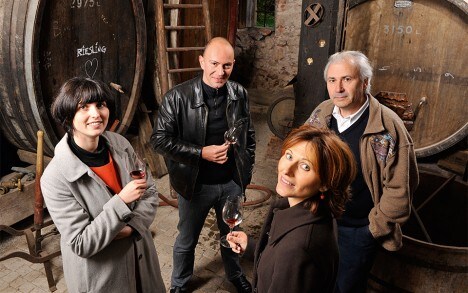
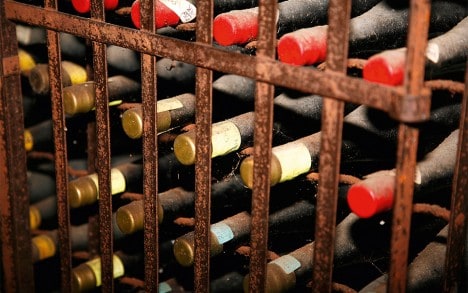

THE BIO-DYNAMIC SCRIPT IS NEARLY MYSTICAL IN ITS IMPERITIVES.
Take, for example, bio-dynamics step 500. It calls for taking a hollow cow’s horn, stuffi ng it with a manure mixture and burying the horn in the vineyard in the late fall. Thereafter, in the spring, the stuffed horn is to be exhumed and the stuffi ng used, diluted of course, as a spray on the soil of the vineyard. Many an eyebrow arches as this and other of the bio-dynamics rituals are recited. However, there is some science which backs up the practice. The cow’s horn provides an ideal environment for the growth of a diverse fl ora of pro-biotic bacteria. Analysis of the mixture resulting from the stuffi ng and burial shows an unusually rich concentration of such bacteria. Do these rules produce a measurably better quantity and quality of helpful bacteria than say for example breeding in petri dishes at a pharmaceutical house? No one knows. Fertile ground, one might argue for scientifi c study. But Josmeyer and other disciples, such as the renowned Domaine Lefl aive in Puligny Montrachet (whose wines are among the most sought after in the world) are strident in their conviction that the methods not only work but are vital to the quality of their wines. Defi nitive peer reviewed scientifi c studies or no, there is one argument which Ehrhart advances which possesses logical gravitas. Overuse of chemicals in the vineyard, with vignerons resorting to chemicals like a hypochondriac let loose in a pharmacy is fraught with peril. Successive application of a multitude of products obscures the cause of any malady. Ehrhart points to one stressed vine in the Hengst vineyard. Examining closely he can see the signs of a mushroom invasion which has penetrated the stalk and is progressing downward toward the roots. There is compelling logic to his argument that had he been treating this vine with a variety of products he would have no idea of the cause. Too much of a product? Too little? If so which one?
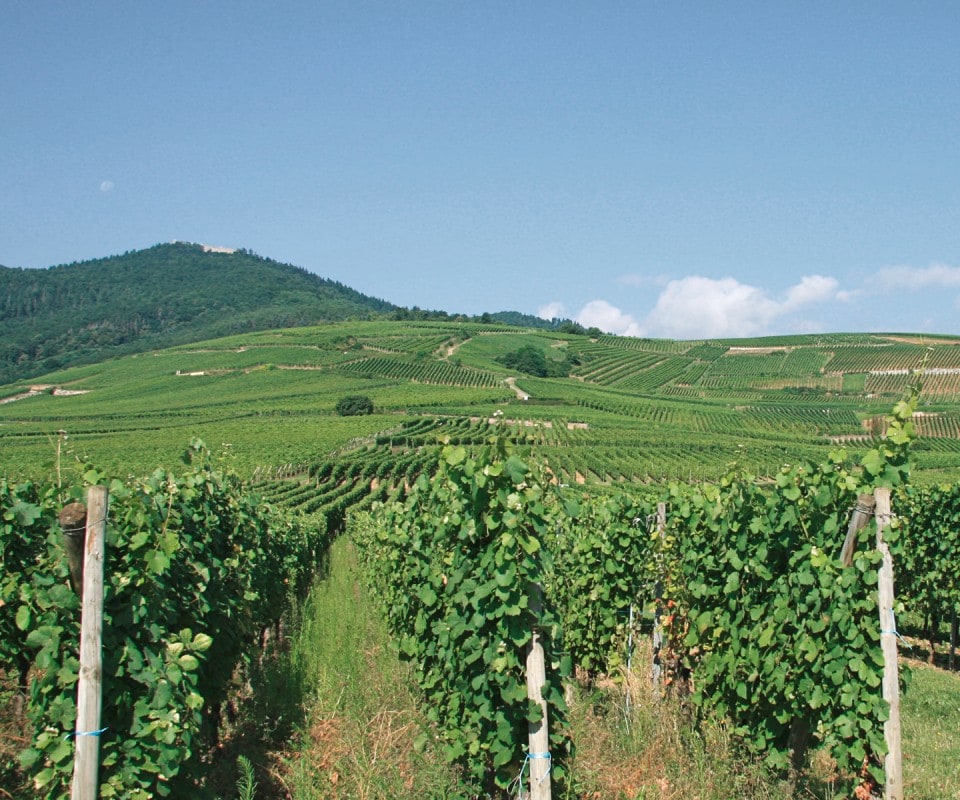
THERE IS DEVOTION TO NATURAL TECHNIQUES IN BOTH THE VINEYARDS AND THE CELLARS.
The devotion to natural techniques extends from the vineyards to the Josmeyer cave. All of the fruit is harvested by hand and upon arrival and placement in the cuves given a long and gentle pressing, as much as 12 hours, depending on the vintage. From there after fermentation, all the wines, and Josmeyer production includes Riesling, Gewürztraminer, Pinot Gris, Auxerrois, and late harvest Riesling, are transferred to large old oak vats for nine months. Josmeyer records the moon phase when wines are placed in the cuves, and transfers to bottles according the lunar phase. There are minor exceptions such as a small quantity of Pinot Noir which is transferred to traditional, for pinot, oak barrels. Departing ever so slightly from the 100% non-intervention school, Josmeyer does add very small amounts of sulfur to help preserve the wine. Ehrhart holds that it would be foolhardy to eschew sulfur completely for wines that are transported outside of Alsace. While a small amount of sulfur may be added, he no longer adds any sugar, a method known as chapitalization, to raise the level of alcohol in the wines. Ehrhart abandoned that practice in 1996.
In common with many top domaines in Alsace, Josmeyer’s wines divide into a complex matrix of varietals, vineyards, and cuvees. From the Hengst vineyard come a Grand Cru Riesling, a late harvest Grand Cru Riesling, a Grand Cru Gewürztraminer, a Grand Cru Pinot Gris, and an Auxerrois, which because it is not one of the approved grapes under the Grand Cru rules is labeled as “H”. At the top of the Hengst pyramid is the Grand Cru Riesling “Samain”, spelled out in Greek letters. The Samain cuvee blinks the rules against specific labeling of a particular parcel within a Grand Cru designated area. Devotees of Burgundy, of course, revel in the specification of particular vineyards such as the difference between Chevalier Montrachet and Batard Montrachet, both Grand Cru vineyards in Puligny. But as the system has not evolved to that stage yet in Alsace, “Samain” is a specification of the harvest time; it just so happens that all of the Samain grapes come from the prized upper slope of Hengst. A similar range of varietals are made from Brand, except that Gewürztraminer is not currently in the mix. At the lower end, Josmeyer offers
IN A WINE WORLD OF UPWARDLY SPIRALING PRICES, ALSACE OFFERS HAND CRAFTED NOBLE WINES AT A FRACTION OF THE TARIFFS OF OTHER FRENCH APPELLATIONS.
Riesling, Gewürztraminer, Pinot Gris, Muscat, Pinot Noir, Pinot Blanc, and even a Sylvaner from non-Grand Cru parcels.
There is one unifying theme which applies not only to the wide range of Josmeyer wines, but to Alsace in general and it is cause for wine consumers to rejoice. If you have become accustomed to the price folly which now rules Bordeaux, Burgundy and the Rhone, Alsace wine lists will seem as a relic transported from the past. The clock is turned back thirty years offering quality hand crafted noble wines for a fraction of the tariffs in force elsewhere today. Savvy oenophiles take note.

TASTING NOTES
PINOT BLANC “MISE DU PRINTEMPS” 2011
This is a blend of Pinot Blanc and Auxerrois, labeled at Pinot Blanc. The rules in Alsace demand that all wines labeled with a grape be composed 100% of that grape, except for Pinot Blanc where the percentage can be as low as 1%. This cuvee has a fresh, accessible, clean personality with hints of pineapple fruit. Easy drinking wine.
“H” 2010
Grown entirely in Hengst, the “H” cuvee is forbidden the use of the Grand Cru designation as it is Auxerrois, not yet officially recognized as a Grand Cru grape. Its character resembles a finely crafted Premier Cru Chablis. There is focus and precision in the fruit, balanced with minerality. The weight on the palate is impressive as is the butter in the finish.
RIESLING “LE KOTTABE” 2010
Impressive concentration with bright acidity and exotic spices.
RIESLING GRAND CRU BRAND 2009
Fabulous precision and bright acidity. Complex offering exotic fruits and grapefruit notes. A wine of breed.
RIESLING GRAND CRU HENGST 2009
More powerful, muscular, and round than the Brand. Lime peel nose gives way to grapefruit and butter on the palate. Excellent length.
RIESLING GRAND CRU HENGST SAMAIN 2008
A blockbuster. Impressive power and concentration. Ripeness balanced with perfect acidity. Pineapple and nectarine notes. Note: Samain is not made every year.
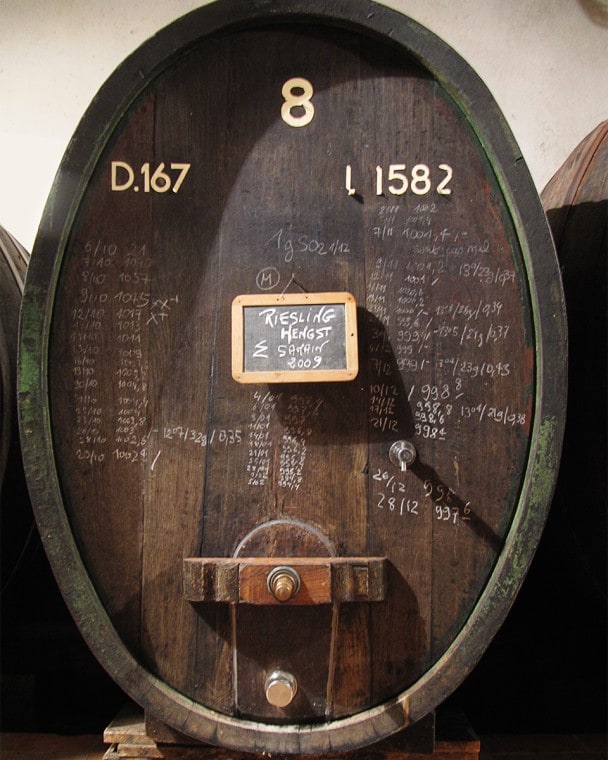

PINOT GRIS “LE FROMENTEAU” 2009
Steers away from the “old” overly cloying and sweet pinot gris style. Smoky and meaty. There is a distinct red wine personality to this white.
PINOT GRIS GRAND CRU BRAND 2005
Powerful with bright acidity and focus. Smoke and hints of meat interwoven with sweet ripe peche de vigne. Fabulous length.
PINOT GRIS GRAND CRU BRAND 2001
Fruitier than the 05. Cantalopes and ripe apricots dominate. Impressive weight and concentration.
GEWÜRZTRAMINER “LES FOLASTRIES” 2010
Very sweet, backed with acid and pronounced spices. Spicy nose. A dancer.
GEWÜRZTRAMINER GRAND CRU HENGST 2007
Wave after wave of exotic spices spring from the glass. Impressive ripeness, held in check with brilliant precision and brightness. Extremely long lingering finish of cinnamon.
RIESLING LATE HARVEST GRAND CRU HENGST 2001
Rich deep and ripe with an expressive nose of ripe apricots, pineapples, and exotic spice. Layers of ripe fruit in the mouth elegantly balanced with acid. This late harvest cuvee is not made every year.

